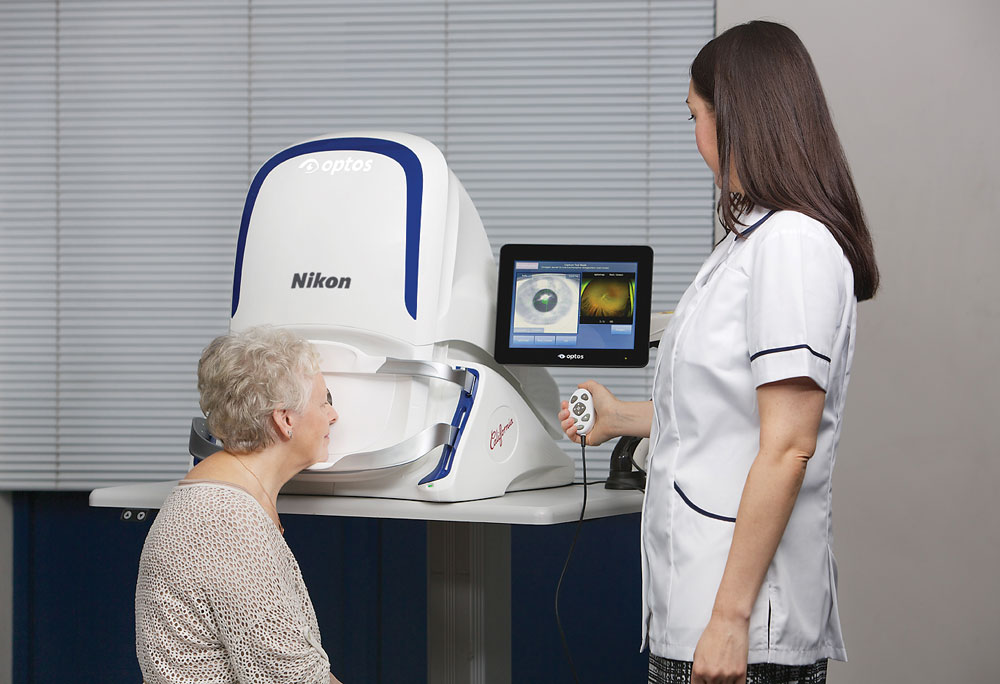A Gaze into Women’s Eye Health
April is Women’s Eye Health and Safety Month and it is designed to educate women about the steps they can take to help stop vision loss. The increasing evidence that women may be more susceptible to visual impairments and blindness to a much greater degree than males confirms the significance of the continued education including taking the proper steps today, to help preserve vision in the future.
Women have a higher prevalence of major vision problems, including:
- Age-related Macular Degeneration
- Autoimmune Diseases (such as Lupus or Sjögren’s Syndrome)
- Cataract
- Dry Eye
- Glaucoma
- Low Vision
- Thyroid Eye Disease
- Refractive Error
According to the World Health Organization’s World Report on Vision, women, on average, live longer than men, and are thus at greater risk of developing eye conditions associated with aging. However, even after controlling for age, global estimates suggest that women with moderate and severe presenting distance vision impairment outnumber men by approximately seven percent.
What should women know?
- More women than men are at risk for vision loss from eye diseases such as cataracts, glaucoma and macular degeneration. According to the National Eye Institute, more than three million women and more than 1.5 million men have dry eye. Dry eye is more common after menopause and women who experience menopause prematurely are more likely to have eye surface damage from dry eye.
- Keeping a healthy lifestyle helps keep the eyes healthy, including exercising regularly, not smoking and following a healthy diet. Additionally, make sure to always wear UV eye protection when outdoors.
- Pregnancy can cause vision changes including refractive changes, dry eyes, and puffy eyelids. Expectant mothers may also experience vision effects from migraine headaches, diabetes and high blood pressure.
What can women do to prevent vision loss?
A comprehensive eye exam should include a thorough examination of the retina, including an optomap, which is complementary to a DFE and an excellent tool for screening and for patient education. An optomap helps doctors to discover and document the retina with little or no face-to-face interaction and takes only seconds to get a highly-detailed view of the retina, which is critical for the detection and management of both ocular and systemic diseases.

“Above all else, the most important message we want to send is that first step for everyone, no matter what age, is to get a comprehensive eye exam by an eye care professional,” said Hugh R. Parry, president and CEO of Prevent Blindness. “By taking care of vision today, we can all help to keep vision healthy in the future.”
Visit our website to learn how optomap is helping women (and men) save sight.